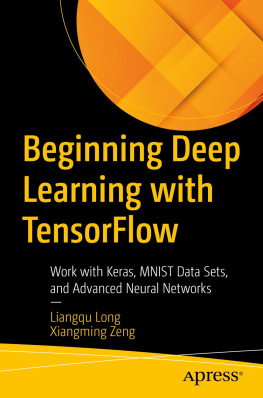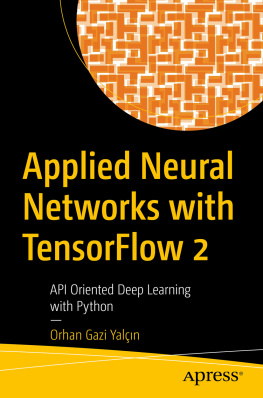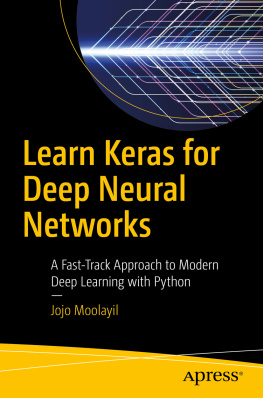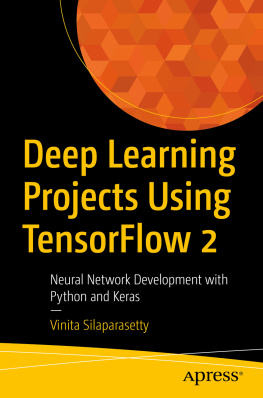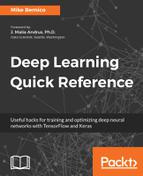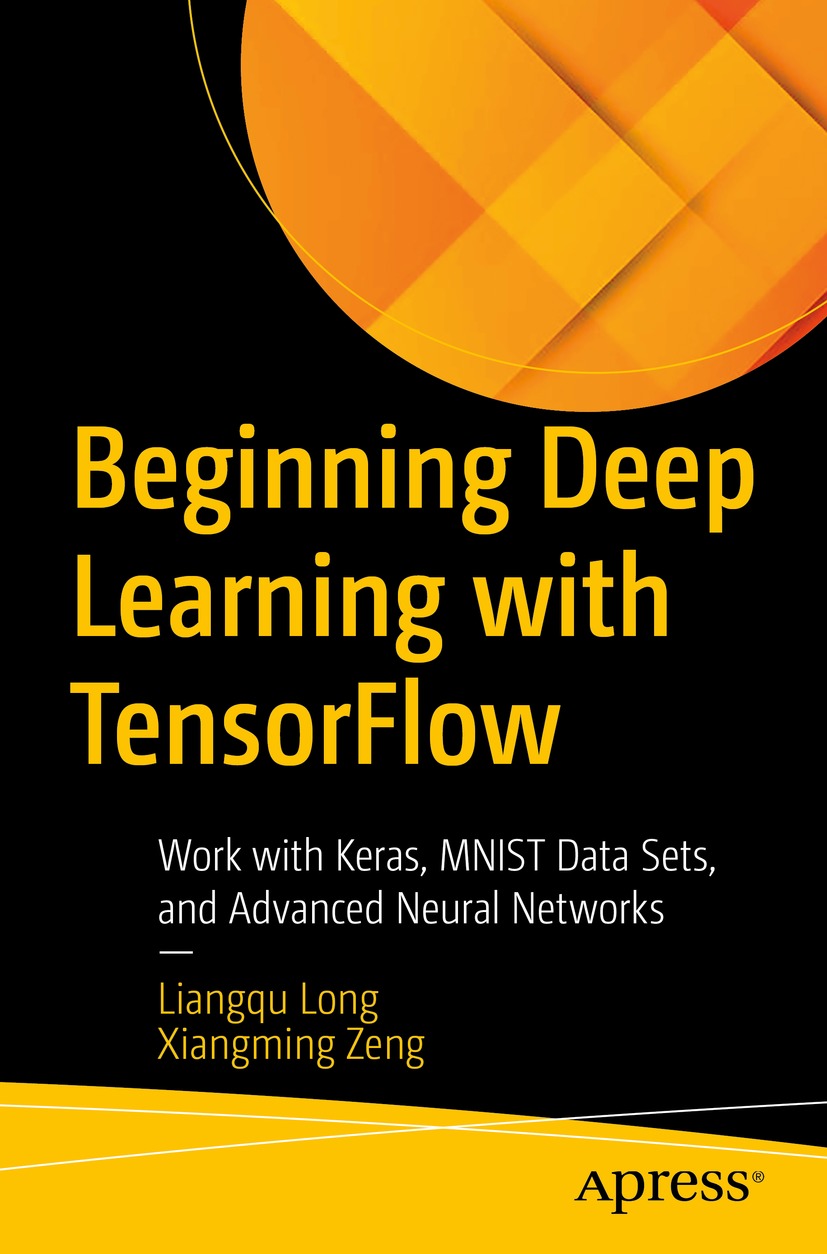Liangqu Long - Beginning Deep Learning with TensorFlow: Work with Keras, MNIST Data Sets, and Advanced Neural Networks
Here you can read online Liangqu Long - Beginning Deep Learning with TensorFlow: Work with Keras, MNIST Data Sets, and Advanced Neural Networks full text of the book (entire story) in english for free. Download pdf and epub, get meaning, cover and reviews about this ebook. year: 2022, publisher: Apress, genre: Computer. Description of the work, (preface) as well as reviews are available. Best literature library LitArk.com created for fans of good reading and offers a wide selection of genres:
Romance novel
Science fiction
Adventure
Detective
Science
History
Home and family
Prose
Art
Politics
Computer
Non-fiction
Religion
Business
Children
Humor
Choose a favorite category and find really read worthwhile books. Enjoy immersion in the world of imagination, feel the emotions of the characters or learn something new for yourself, make an fascinating discovery.
- Book:Beginning Deep Learning with TensorFlow: Work with Keras, MNIST Data Sets, and Advanced Neural Networks
- Author:
- Publisher:Apress
- Genre:
- Year:2022
- Rating:4 / 5
- Favourites:Add to favourites
- Your mark:
Beginning Deep Learning with TensorFlow: Work with Keras, MNIST Data Sets, and Advanced Neural Networks: summary, description and annotation
We offer to read an annotation, description, summary or preface (depends on what the author of the book "Beginning Deep Learning with TensorFlow: Work with Keras, MNIST Data Sets, and Advanced Neural Networks" wrote himself). If you haven't found the necessary information about the book — write in the comments, we will try to find it.
Youll start with an introduction to AI, where youll learn the history of neural networks and what sets deep learning apart from other varieties of machine learning. Discovery the variety of deep learning frameworks and set-up a deep learning development environment. Next, youll jump into simple classification programs for hand-writing analysis. Once youve tackled the basics of deep learning, you move on to TensorFlow 2 specifically. Find out what exactly a Tensor is and how to work with MNIST datasets. Finally, youll get into the heavy lifting of programming neural networks and working with a wide variety of neural network types such as GANs and RNNs.
Deep Learning is a new area of Machine Learning research widely used in popular applications, such as voice assistant and self-driving cars. Work through the hands-on material in this book and become a TensorFlow programmer!
What Youll Learn
- Develop using deep learning algorithms
- Build deep learning models using TensorFlow 2
- Create classification systems and other, practical deep learning applications
Who This Book Is For
Students, programmers, and researchers with no experience in deep learning who want to build up their basic skillsets. Experienced machine learning programmers and engineers might also find value in updating their skills.
Liangqu Long: author's other books
Who wrote Beginning Deep Learning with TensorFlow: Work with Keras, MNIST Data Sets, and Advanced Neural Networks? Find out the surname, the name of the author of the book and a list of all author's works by series.

